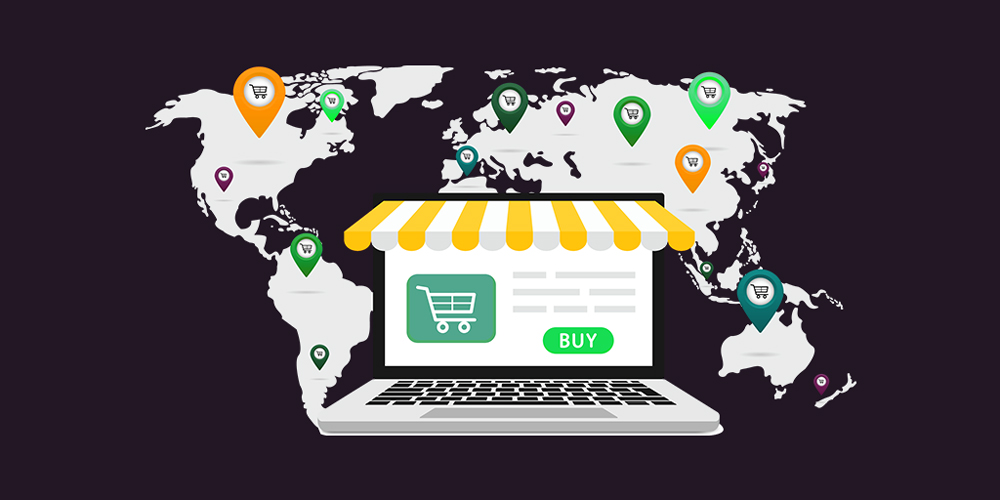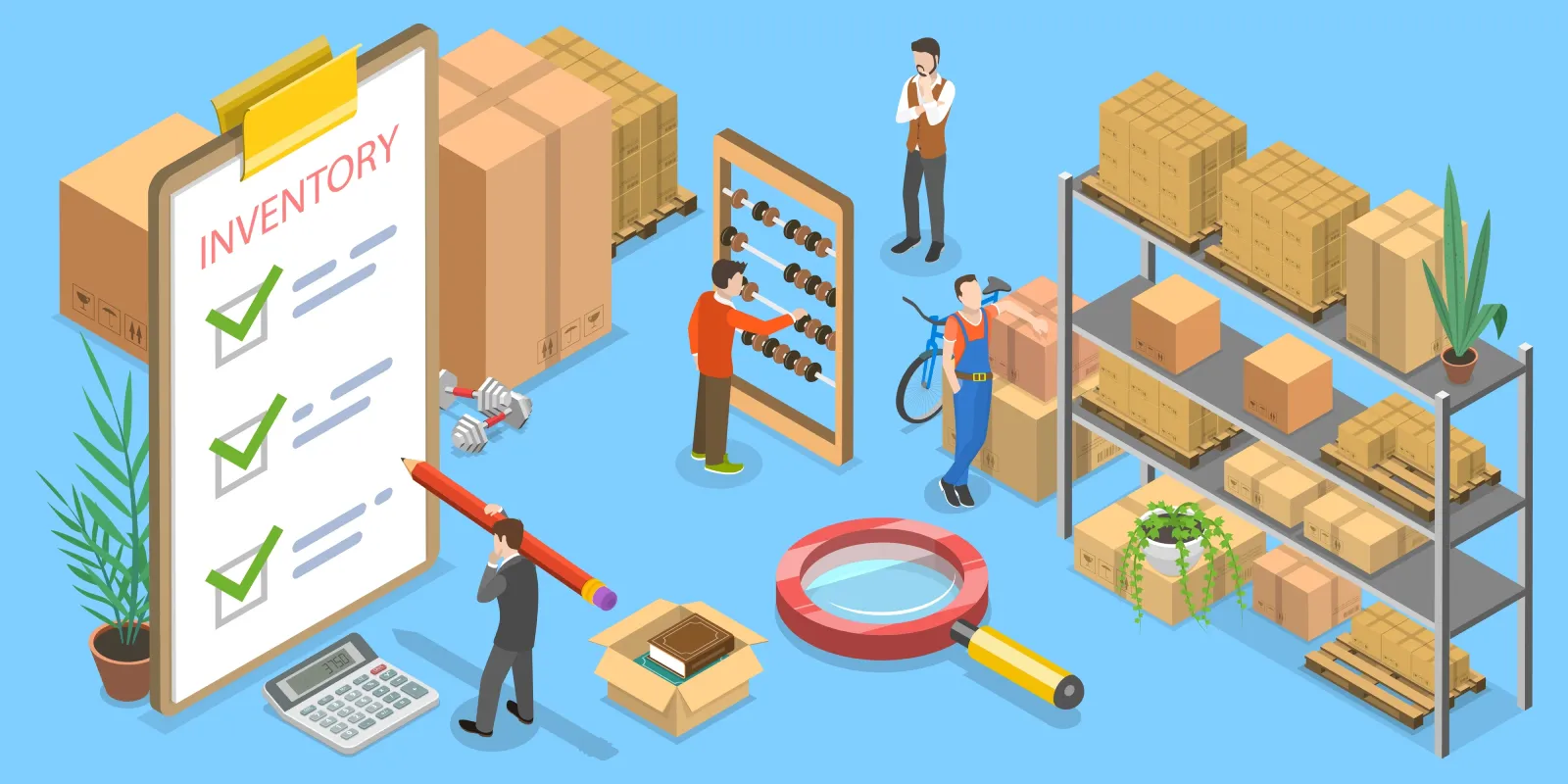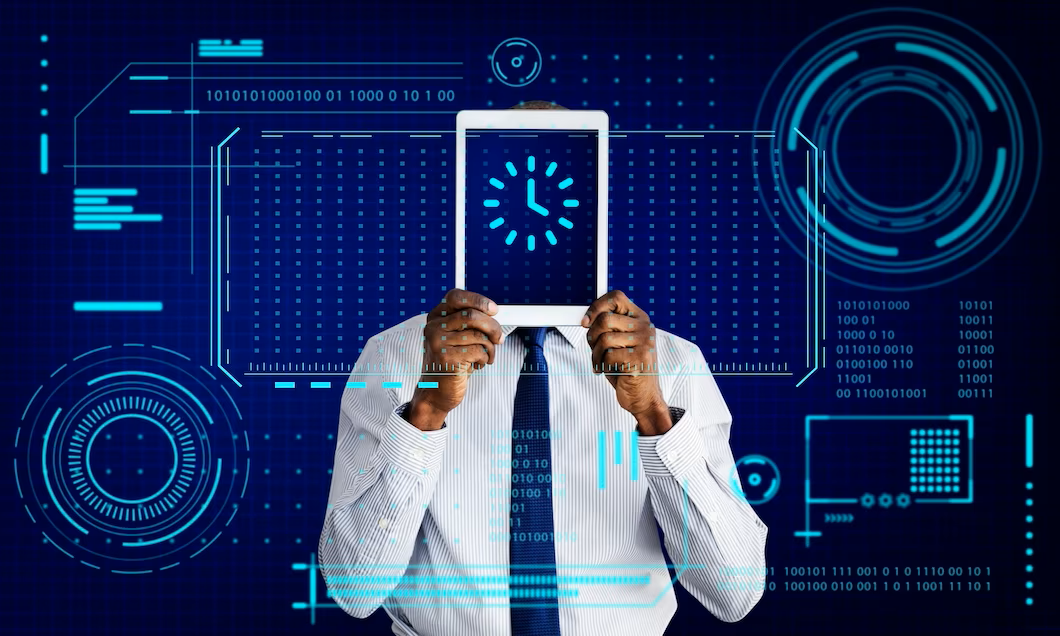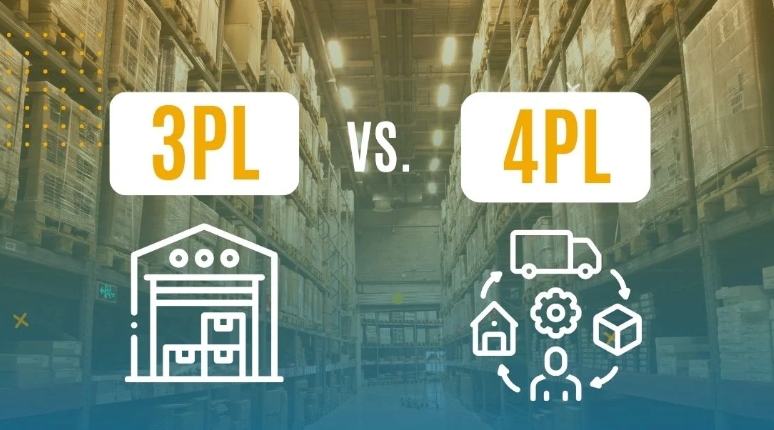Global Logistics Tracking Trends 2025: How Real-Time Data Transforms Supply Chains
Seguimiento logístico mundial trends 2025 are reshaping the way companies manage supply chains. Real-time data is no longer optional. It has become the foundation for efficiency, cost savings, and customer satisfaction. With e-commerce booming and cross-border trade expanding, businesses face increasing pressure to provide transparency and reliability. Real-time logistics tracking is now a critical tool for meeting these demands.

1. Why Real-Time Tracking Matters in 2025
1.1 Rising Customer Expectations
Customers today expect more than fast shipping. They want full visibility from the moment they place an order until it arrives at their door. Real-time tracking delivers this transparency, building trust and reducing anxiety.
1.2 Global Trade Complexity
Supply chains are more global than ever. Goods often travel across multiple countries, involving ports, carriers, and customs. Real-time data helps businesses navigate this complexity and avoid delays.
1.3 Pressure to Reduce Costs
Economic challenges and rising fuel costs push companies to operate leaner supply chains. Seguimiento en tiempo real provides accurate insights, allowing managers to identify inefficiencies and cut unnecessary expenses.
2. Key Global Logistics Tracking Trends in 2025
2.1 Integration of IoT Devices
Internet of Things (IoT) devices play a central role in 2025. Smart sensors on containers, trucks, and pallets provide live data on location, temperature, and even vibration. This allows companies to track goods in transit with unprecedented accuracy.
2.2 Expansion of Predictive Analytics

Real-time data is powerful, but predictive analytics takes it further. Using machine learning, logistics platforms can forecast delays, optimize routes, and even predict maintenance needs. This proactive approach transforms supply chains from reactive to strategic.
2.3 Blockchain for Transparency
Blockchain adoption continues to grow. By creating tamper-proof records of shipment events, blockchain ensures data integrity. Businesses, regulators, and customers can all trust the accuracy of tracking information.
2.4 Multi-Carrier Tracking Platforms
In 2025, companies are no longer tied to a single carrier. Multi-carrier platforms integrate data from different logistics providers into one dashboard. This makes managing global shipments easier and improves decision-making.
2.5 Integration with E-Commerce Platforms
E-commerce growth drives demand for seamless logistics integration. Marketplaces and online stores now connect directly with global tracking systems, ensuring customers receive updates without manual intervention.
2.6 Focus on Sustainability Metrics
Tracking in 2025 goes beyond location and delivery times. Companies now use data to measure carbon emissions and energy use. Visibilidad en tiempo real supports greener supply chains by helping managers choose eco-friendly routes and carriers.
3. How Real-Time Data Transforms Supply Chains

3.1 Improved Visibility
Real-time tracking eliminates blind spots. Managers can see the exact status of shipments at every stage, from warehouse departure to customs clearance. This visibility reduces uncertainty and enhances control.
3.2 Resolución de problemas más rápida
Delays and disruptions are inevitable in logistics. Real-time data helps companies respond quickly. If a shipment is stuck at customs or delayed by weather, managers know immediately and can act before customers are affected.
3.3 Enhanced Collaboration
Suppliers, carriers, and retailers all benefit from shared data. With real-time tracking, communication becomes easier. Everyone in the cadena de suministro has access to the same information, reducing errors and misunderstandings.
3.4 Stronger Customer Confidence
For customers, transparency is everything. When they can track an order in real time, they feel more confident in the seller. This confidence increases loyalty and encourages repeat purchases.
3.5 Optimized Inventory Management
Real-time data also supports inventory planning. Companies know when products will arrive and can adjust stock levels accordingly. This reduces both shortages and overstocking, saving money and improving efficiency.
4. Industry-Specific Benefits of Real-Time Tracking

4.1 Retail and E-Commerce
For retailers, delivery speed and accuracy are key. Real-time tracking helps reduce customer complaints and supports el mismo día or next-day delivery promises.
4.2 Food and Beverage
Temperature-sensitive shipments demand strict monitoring. IoT sensors provide real-time temperature data, ensuring perishable goods remain safe during transit.
4.3 Pharmaceuticals
The pharmaceutical industry relies on transparency for safety and compliance. Real-time tracking ensures products meet regulatory standards and reach patients without delay.
4.4 Automotive and Manufacturing
Automakers and manufacturers depend on just-in-time delivery. Real-time visibility helps prevent production line disruptions and reduces costly downtime.
5. Challenges of Implementing Real-Time Tracking
5.1 Technology Costs
While real-time tracking is effective, the initial investment in IoT devices, platforms, and software can be high. Smaller businesses may struggle with adoption.
5.2 Data Overload
With so much data being generated, businesses must learn to filter what matters most. Without the right tools, managers risk being overwhelmed.
5.3 Connectivity Issues
Not all regions have reliable internet access. Shipments traveling through remote or underdeveloped areas may face tracking gaps.
5.4 Security Concerns
More data means greater risk of cyberattacks. Businesses need strong security protocols to protect sensitive supply chain information.
6. How PostalParcel Leverages Real-Time Tracking

6.1 Unified Dashboard
PostalParcel integrates multiple carriers into a single platform, allowing businesses to view shipments worldwide in real time. This reduces the complexity of managing international logistics.
6.2 Predictive Insights
With advanced analytics, PostalParcel helps businesses anticipate delays and adjust operations before they become critical problems. This keeps supply chains agile and responsive.
6.3 Customer-Centric Features
PostalParcel provides customers with easy access to tracking updates. This transparency reduces customer service inquiries and strengthens buyer trust.
6.4 Sustainability Tools
PostalParcel supports businesses looking to track emissions and optimize eco-friendly routes. Real-time visibility helps companies meet sustainability goals while maintaining efficiency.
7. Future Outlook for Global Logistics Tracking
7.1 Integration with AI Assistants
In the future, AI-powered assistants may handle logistics updates automatically. Businesses and customers could receive proactive notifications about shipments via chatbots or smart devices.
7.2 Greater Use of 5G Networks
Faster and more stable connectivity from 5G will expand the reach of real-time tracking. Remote regions and mobile shipments will benefit from continuous data streams.
7.3 Personalized Customer Tracking
Instead of generic tracking updates, customers may receive tailored notifications based on their preferences, such as estimated delivery times or eco-impact reports.
7.4 Growth of Smart Warehousing
Warehouses connected with tracking systems will use real-time data to automate picking, packing, and inventory control, further enhancing supply chain efficiency.
Conclusión
Global logistics tracking trends 2025 highlight the importance of datos en tiempo real in supply chains. From IoT devices and predictive analytics to blockchain and sustainability tools, tracking technology is redefining how businesses operate. Companies like PostalParcel show how real-time visibility not only improves efficiency but also builds customer trust. As the demand for transparency and speed continues to grow, businesses that adopt these technologies will remain competitive and resilient in an increasingly global market.
Perspectivas del sector
noticias vía inbox
Nulla turp dis cursus. Integer liberos euismod pretium faucibua








